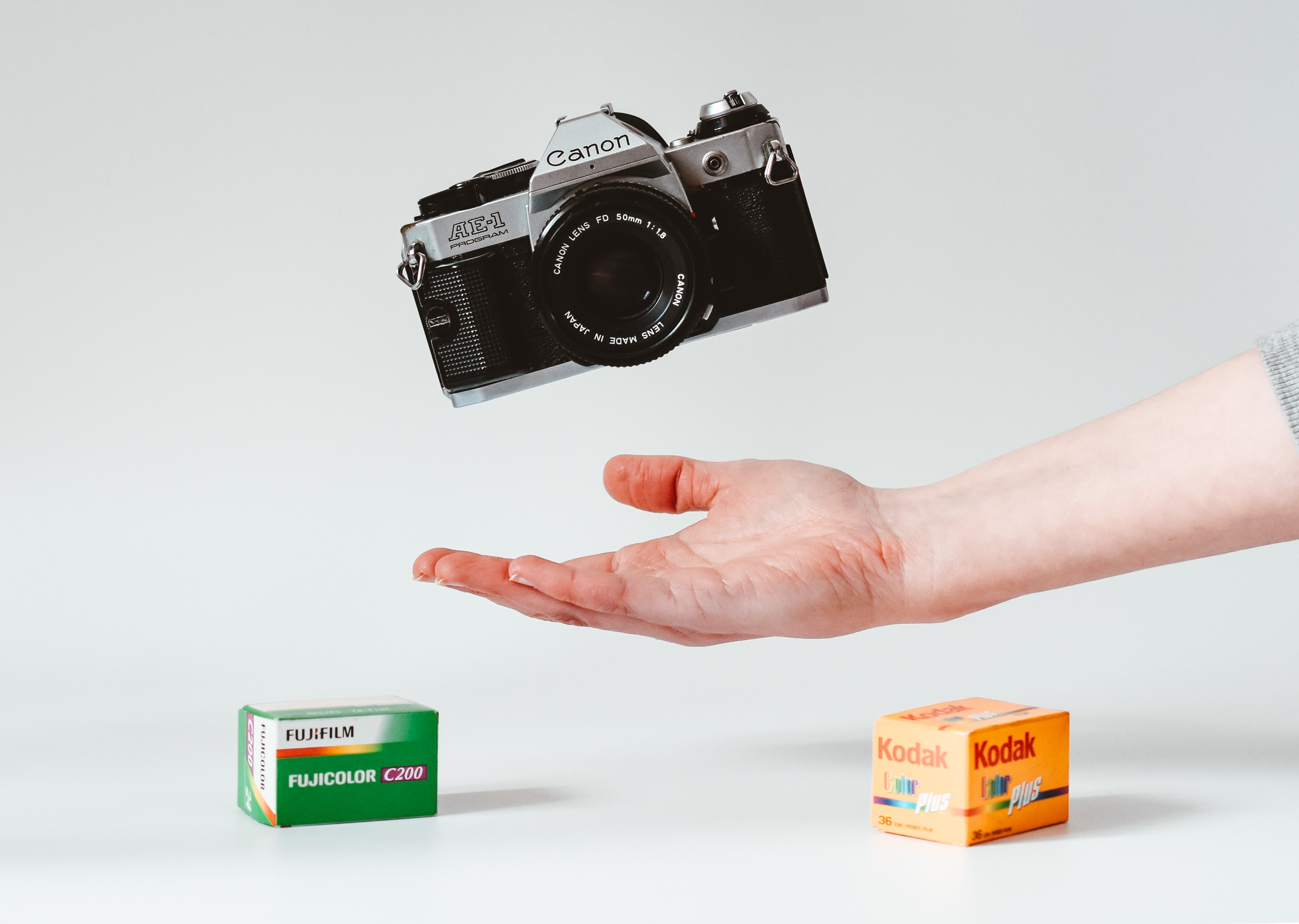We’ve all heard that you can push or pull film, but what does that actually mean and how do you do it? Ted Forbes from The Art of Photography explains…
In today’s film photography post, we join Ted Forbes from The Art of Photography as he explains what “Pushing and Pulling Film” actually means. Basically it’s very simple, each roll of film comes at a specific speed, for example 100, 400, 800 etc, however you change the film speed with techniques known as push processing and pull processing. Naturally this can be extremely convenient, that said, as Ted rightly explains – there are a few things to remember:
“1) You’ll need to decide what speed you will rate the film. This new speed will be applied to the entire roll – in other words, you can’t change in the middle.
2) You’ll get the best results pushing or pulling to 1 or 2 stops, but it can be fun to experiment beyond this.”
Ted continues: “So lets say you have a roll of 400 ISO film. You can “push” this to 800 – this is a 1 stop push. Or you could “pull” it to 200 – this is a 1 stop pull. What is the visual difference? Pushing adds contrast and grain – but can be used to a nice effect. Pulling shows less grain and contrast. The obvious reason to push would be low light. I’ve also done it for high contrast effects as well. Pulling is great for finer grain. Having a lower contrast negative can make things easier in digital post production or even darkroom printing if you want more room to burn and dodge (creating your own contrast).” – Ted Forbes
Watch more of Ted’s videos on the The Art of Photography YouTube channel, or by following him on any of the following social channels: Twitter, Facebook, Instagram, Pinterest or the Website.
Other Popular Posts on Film Photography:
Best into Camera to Shooting Film: Pentax K1000
Photography Composition: Simplification and Negative Space
Introduction to Film Cameras by Adam Lerner
Iconic Photographers: W Eugene Smith
2015 Jeep Wrangler: A Car Shoot with 35mm Film
Changing Light by Angus Mitchell
Amazing Story: 31 Rolls Of WW2 Film Rediscovered








